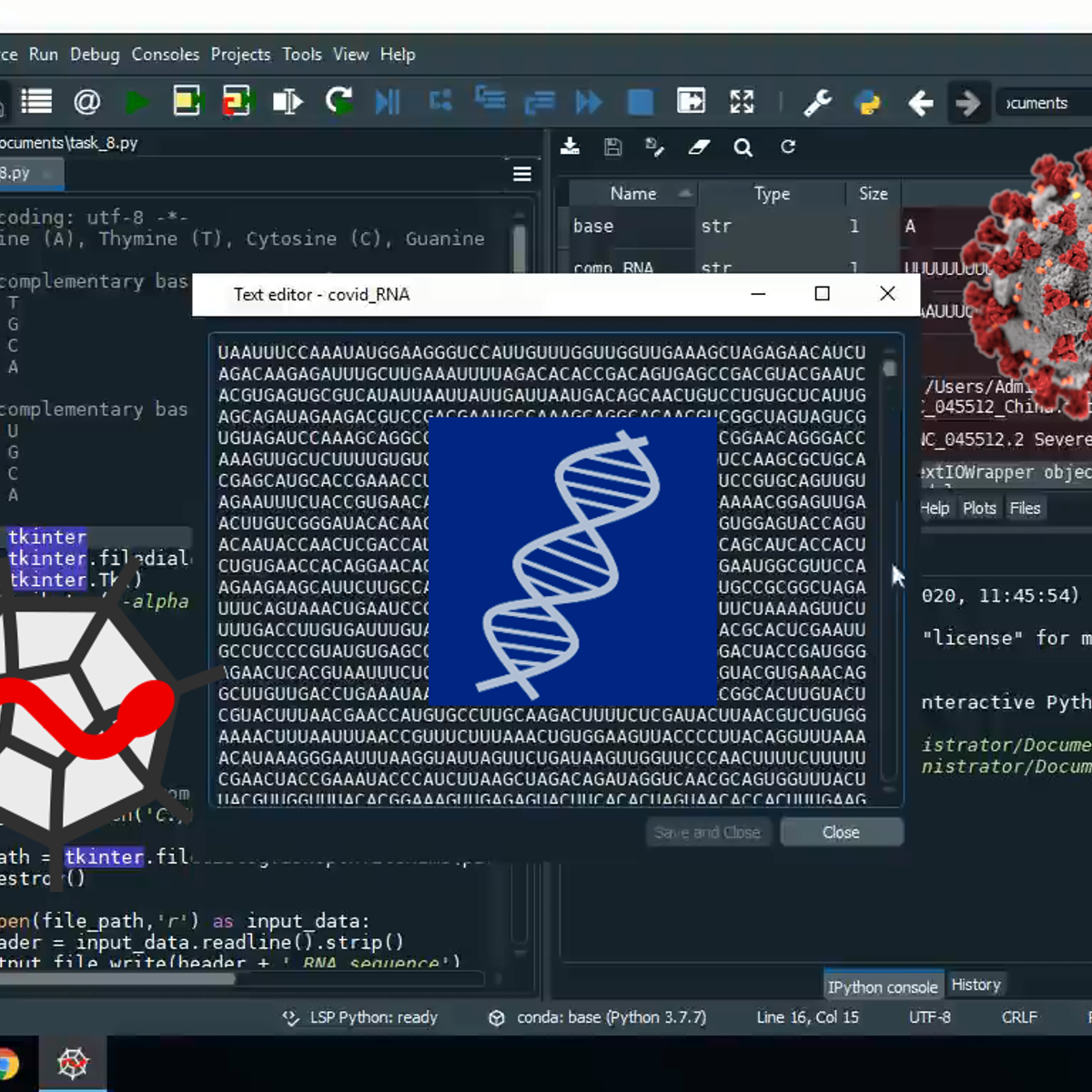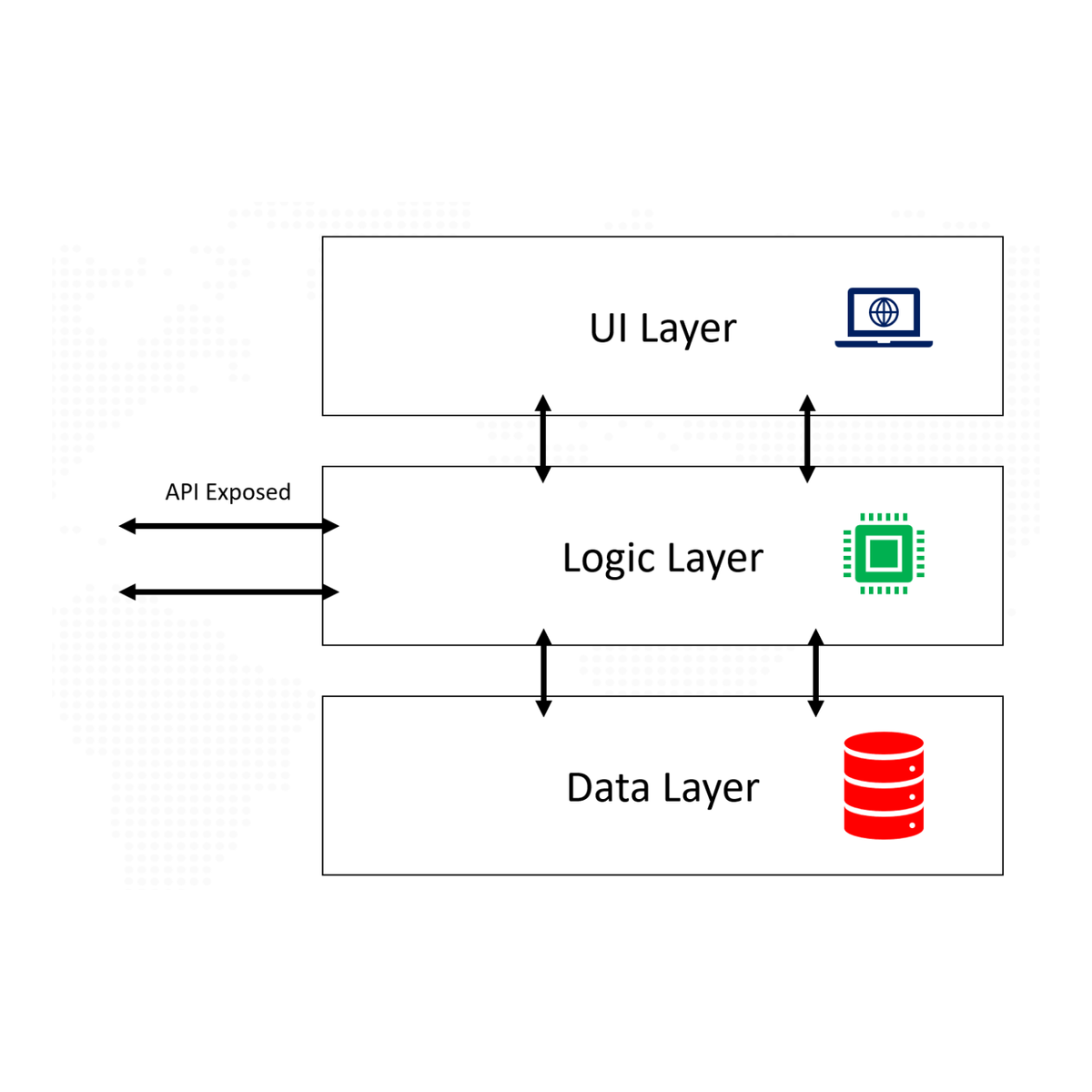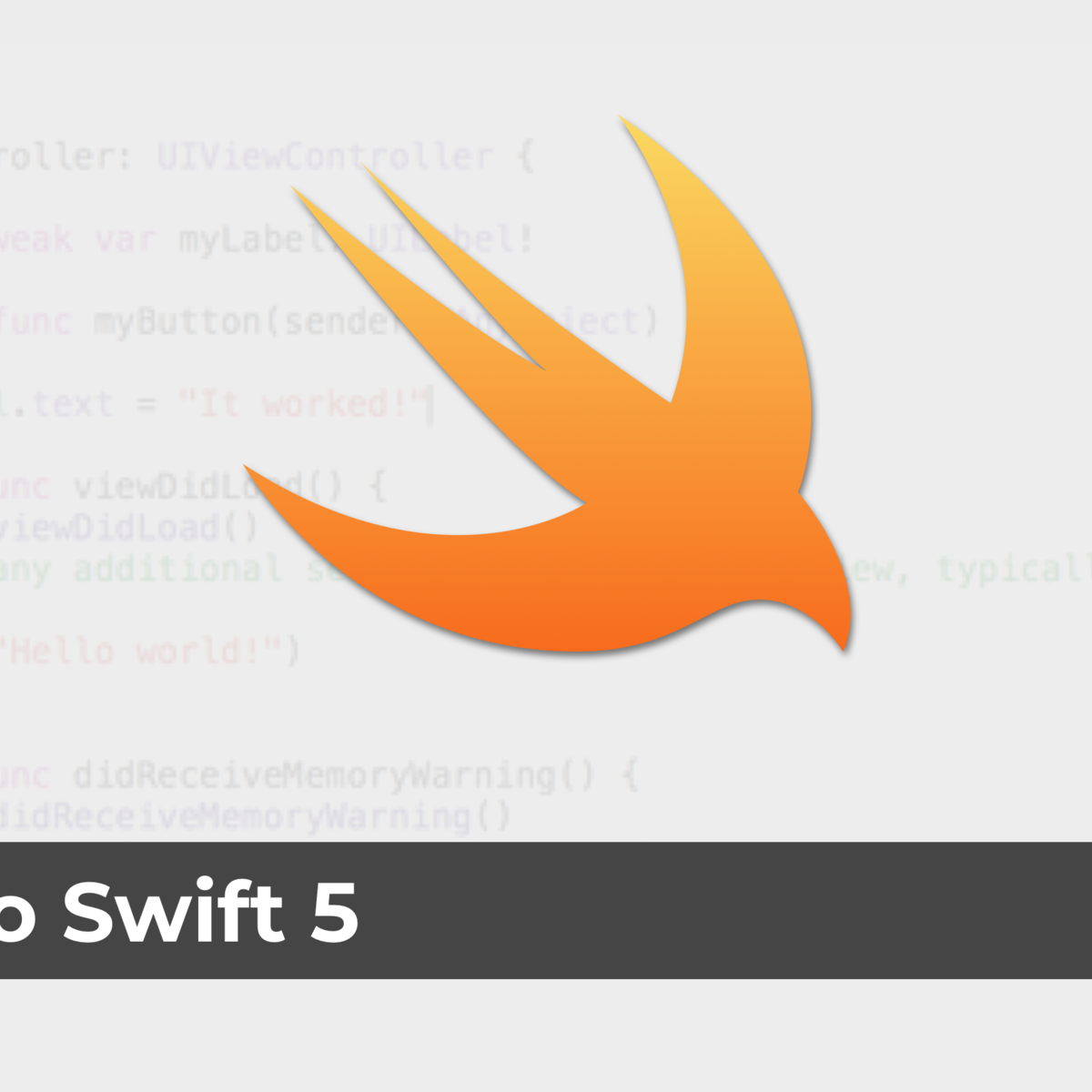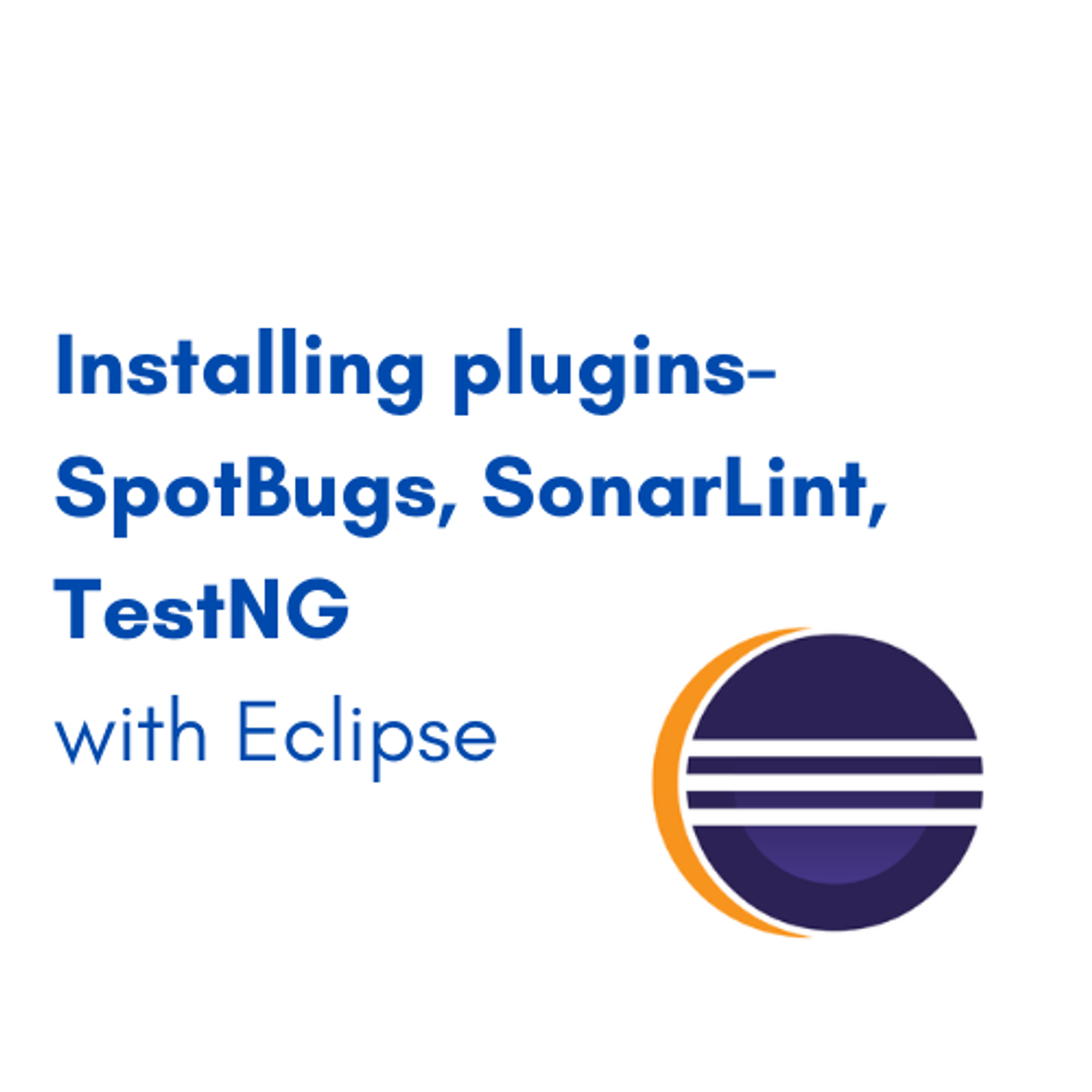Back to Courses









Software Development Courses - Page 46
Showing results 451-460 of 1266

Capstone: Data Science Problem in Linear Algebra Framework
In this course, you'll review the specifics of the Capstone project. In addition, you will create and run your regression model and share your results with your peers. Let's get started!

Create Your First Python Program From UST
Welcome to this Guided Project on Creating Your First Python Program, From UST.
For more than 20 years, UST has worked side by side with the world’s best companies to make a real impact through transformation. Powered by technology, inspired by people and led by their purpose, they partner with clients from design to operation.
With this Guided Project from UST, you can quickly build in-demand job skills and expand your career opportunities in the Computer Science field by learning the foundational elements of the Python programming language and its basic syntax.
Python is a computer programming language often used to build websites and software, automate tasks, and conduct data analysis. Python is a general purpose language, meaning it can be used to create a variety of different programs and isn’t specialized for any specific problems. This versatility, along with its beginner-friendliness, has made it one of the most-used programming languages today.
Through hands-on, practical experience, you will be guided through concepts that Python Programmers use every day to perform their job duties, like using the Terminal and a Text Editor.
Together, we will explore how to use variables, create functions, lists and conditional statements, as well as utilize For and While loops. You will then apply the concepts to create your first command line application which will manage a To-Do List.
This project is great for learners who are looking to get started with Python programming, and do not have any prior programming experience. By the end of this Guided Project, you should feel more confident about working with the Python language, understanding what it is used for, and have confirmed your skills by creating your own to-do list, which can be used for showing an employer or making your routine daily tasks more efficient through automation.
Ready to become a Programmer? Start learning Python today!

Titanic Survival Prediction Using Machine Learning
In this 1-hour long project-based course, we will predict titanic survivors’ using logistic regression and naïve bayes classifiers. The sinking of the Titanic is one of the key sad tragedies in history and it took place on April 15th, 1912. The numbers of survivors were low due to lack of lifeboats for all passengers. This practical guided project, we will analyze what sorts of people were likely to survive this tragedy with the power of machine learning.
Note: This course works best for learners who are based in the North America region. We’re currently working on providing the same experience in other regions.

Reverse and complement nucleic acid sequences (DNA, RNA) using Python
In this 1-hour long project-based course, you will learn the basic building blocks in the Python language and how to Develop a Python program that constructs reverse, complement, and reverse-complement nucleic acid sequences (DNA, RNA). Also, you will make your code read a file that has a long DNA sequence and deal with one of the complete genomes for the novel coronavirus.

Sort Arrays with JavaScript Methods
By the end of this project, you will have gained practical experience in sorting the elements in an array using a JavaScript method. You will learn to reorder the elements in an array using specific techniques based on whether the element values are numbers, letters, mixed-case letters, or objects.
Note: This course works best for learners who are based in the North America region. We’re currently working on providing the same experience in other regions.

Introduction to API Testing using JMeter Tool
In this 1-hour long project-based course, you will learn how to
1. Send an HTTP GET request
2. Send an HTTP POST request
3. Send an HTTP PUT and DELETE request
4. Adding user-defined variables
5. Adding response assertions and JSON path assertions to the JSON response
6. Understanding JSON format
Note: This course works best for learners who are based in the North America region. We’re currently working on providing the same experience in other regions.

Introduction to iOS App Development with Swift 5
Welcome to Introduction to iOS Application Development with Swift 5.
In this course you'll use your Swift skills to create iOS applications.
Some of the things you will learn in this course are:
• Write the code to build your very first iOS application
• Manage screen display with multiple views
• Use auto layout and the interface builder
• Create applications with user interaction
• Design a user interface allowing for multiple screen size and direction
• Write and execute unit tests to keep your code error-free
• Perform various calculations using Swift
By the end of this course you will know how to build simple iOS applications and you'll be ready to move on and learn about using tables and data in iOS.

Installing Plugins- SpotBugs, SonarLint, TestNG with Eclipse
By the end of this project, you will be able to install and configure SpotBugs, SonarLint and TestNG with Eclipse.
Throughout the project, You will be able to identify plugins and use them.
Moreover, you will use Eclipse’s Marketplace which is such a versatile and important tool for any aspiring Java developer that will be using Eclipse in his line of work.
This guided project is for beginners. The prerequisites needed is to have basic programming knowledge and to have touched base with a coding environment before to be able to understand the various terminologies that I will be mentioning throughout this guided project. It is dedicated to those interested in using Eclipses’s marketplace to install plugins. In particular, we will focus on SpotBugs, SonarLint and TestNG. These specific plugins will ease the coding process of any aspiring Java developer. The quality of your code will drastically increase. Eclipse is considered one of the most popular and most powerful IDEs, it’s widely used by many companies around the world.

Trees and Graphs: Basics
Basic algorithms on tree data structures, binary search trees, self-balancing trees, graph data structures and basic traversal algorithms on graphs. This course also covers advanced topics such as kd-trees for spatial data and algorithms for spatial data.
Trees and Graphs: Basics can be taken for academic credit as part of CU Boulder’s Master of Science in Data Science (MS-DS) degree offered on the Coursera platform. The MS-DS is an interdisciplinary degree that brings together faculty from CU Boulder’s departments of Applied Mathematics, Computer Science, Information Science, and others. With performance-based admissions and no application process, the MS-DS is ideal for individuals with a broad range of undergraduate education and/or professional experience in computer science, information science, mathematics, and statistics. Learn more about the MS-DS program at https://www.coursera.org/degrees/master-of-science-data-science-boulder.

Build Responsive Image Gallery UI using CSS3 Flexbox
This project will teach you how to implement and build Image Gallery UI using CSS3 Flexbox. This project also teaches the different Flexbox playground options and also the differences between the Flexbox and the CSS Grid are mentioned so that one decide on which layout to choose for building modern web layouts.
Note: This course works best for learners who are based in the North America region. We’re currently working on providing the same experience in other regions.
Popular Internships and Jobs by Categories
Browse
© 2024 BoostGrad | All rights reserved


